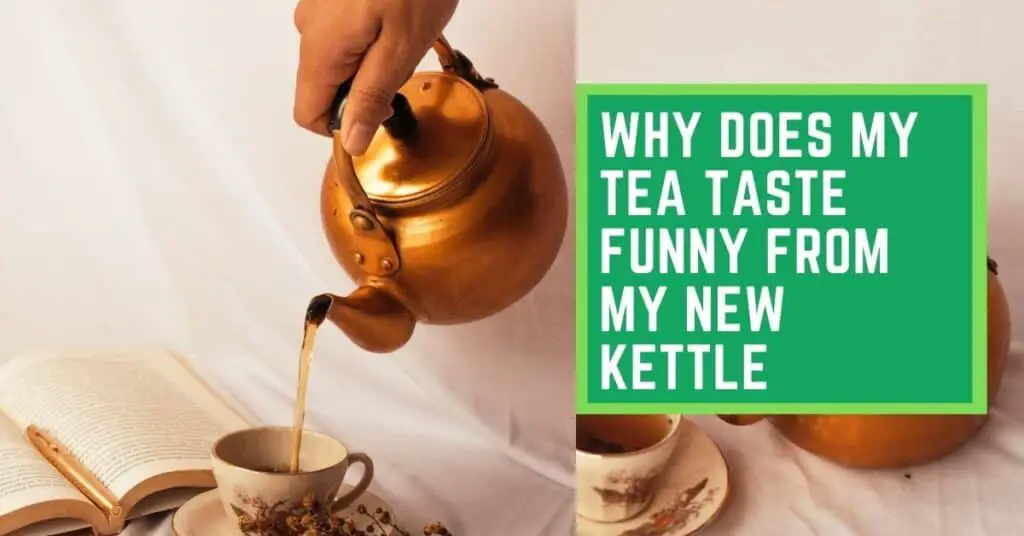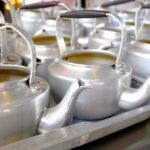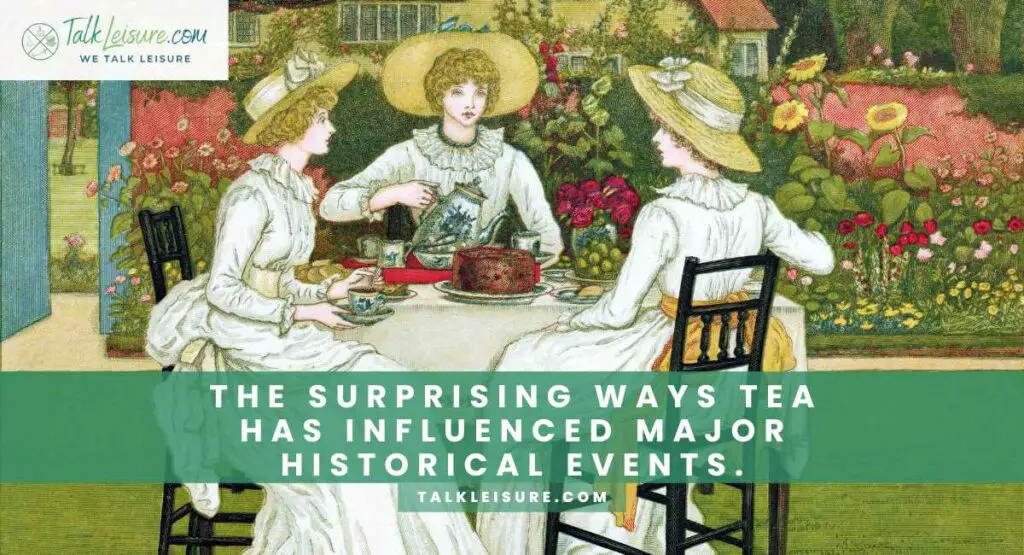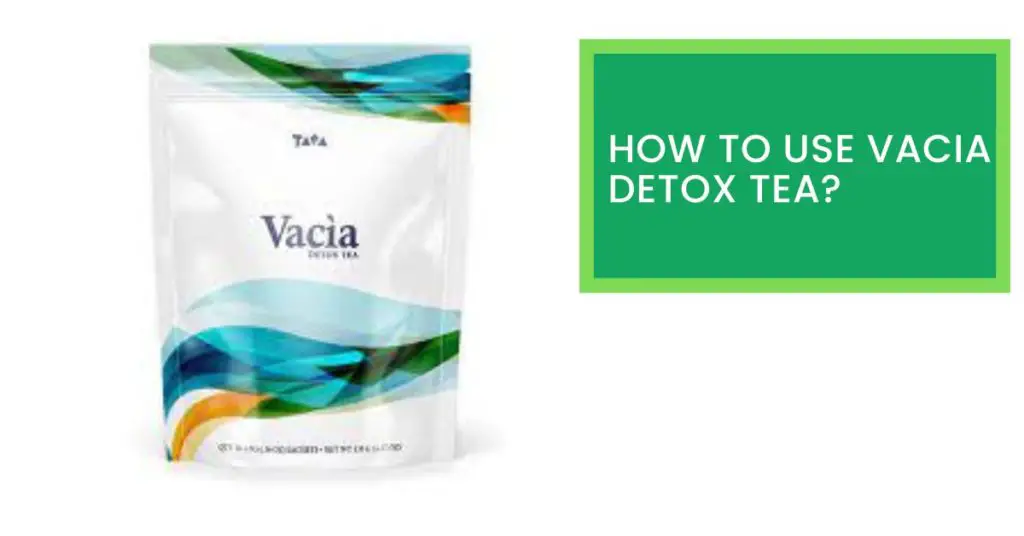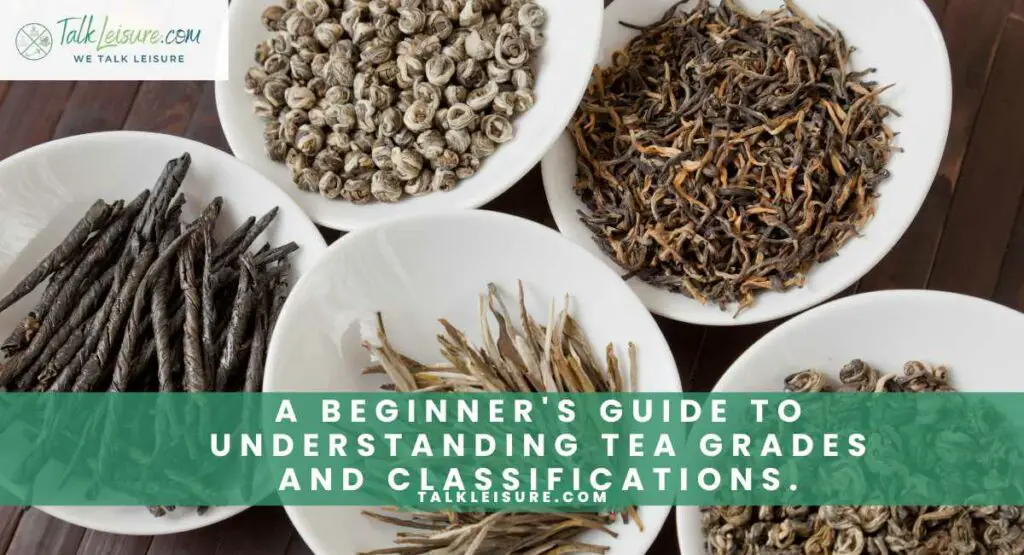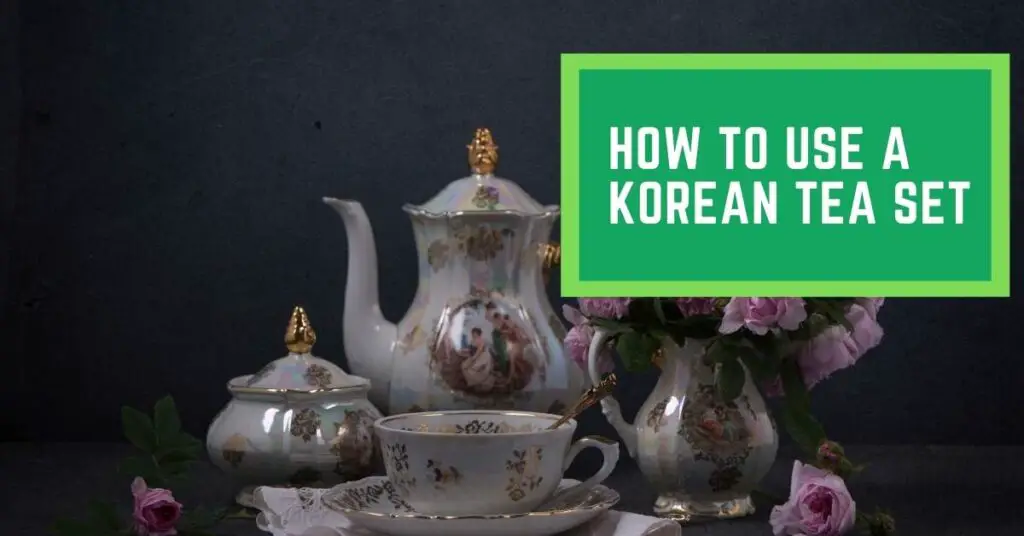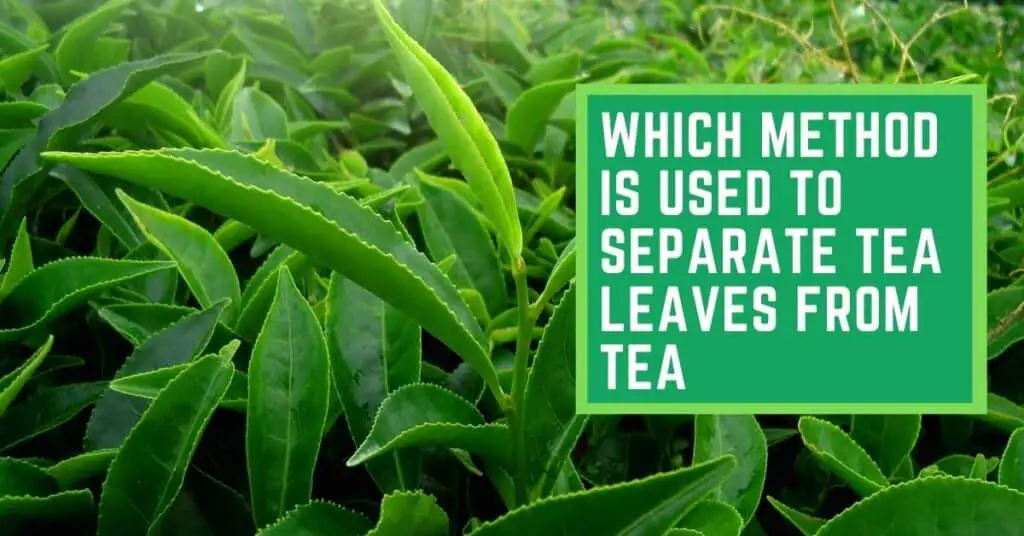Kettles have been around for centuries, with the first known design dating back to the Bronze Age. In recent years, kettle design has undergone a revolution, with new materials and technologies resulting in kettles that are smaller, more energy-efficient and easier to use than ever before.
There are a few different types of kettles on the market. The most common type is the electric kettle which can directly plug into the wall and heat up water using electricity. They come in all shapes and sizes, so you can find one that is perfect for your needs. Another type of kettle is the stovetop kettle which sits on top of your stove and use heat from the stove to boil water. They can be a bit more difficult to use than electric kettles, but they are often cheaper. Finally, there is the French press kettle which is used to make coffee. It heats water to a boiling point and then allows it to steep in coffee grounds. The coffee is then pressed to extract the coffee grounds.
It Doesn’t matter what type or quality level kettle your purchase; you will have this problem of funny taste the first time you start using it. This matter has become a major concern of many users. In this article, we look at what causes new kettles to taste funny, how to get rid of that and some other related facts you must know.
There could be a few reasons why your new kettle is making the water taste funny. Most brand new kettles sit at the marketplace with protective chemical treatments from the company itself. So, before using it needs to be properly cleaned. Another reason could be that the kettle itself is made of material/components that taste off when in contact with boiling water. Finally, it could be something wrong with the water you’re using. Some tap water might contain minerals that can affect the taste of the boiled water.
New Kettle – Quality Check
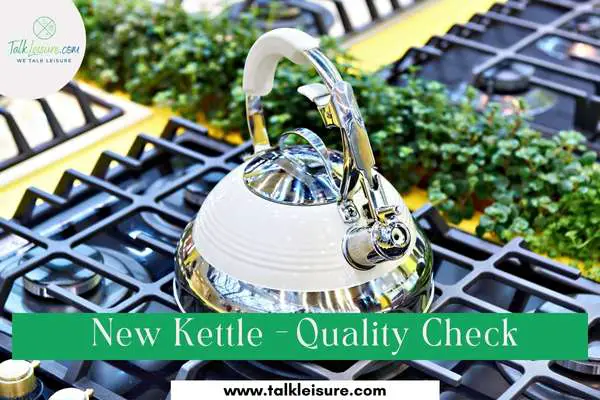
There are a few things to keep in mind when checking the quality of a new kettle. First, make sure that the kettle is made from high-quality materials. Second, check to see if the kettle has any chips or cracks. Third, make sure that the handle is sturdy and does not feel loose. Fourth, check to see if the spout pours smoothly. Fifth, check to see if the bottom of the kettle is flat so that it can sit evenly on a burner. Sixth, test out the whistle to make sure it works properly. Seventh, fill the kettle with water and put it on the stove to make sure it boils properly. Eighth, pour out the water and dry off the outside of the kettle to make sure it’s ready to use.
If the new kettle does not meet all of these quality standards, then it is best to return it and get a replacement. A high-quality kettle is an important tool for making coffee or tea, and it’s worth investing in a quality product.
Before Using your New Kettle
Guideline:

Step 01: Wash The Kettle – Before using your new kettle for the first time, it’s important to wash it. Fill the kettle with fresh water and add a drop or two of dish soap. Swish the water in and around and then empty the kettle. Rinse the kettle several times with fresh water to remove any soap residue. If it’s an electric kettle, make sure to avoid any electrical components.
Step 02: Dry the Kettle – After the washing part is done, take a dry cotton cloth and wipe off every little corner of the kettle. If it’s an electric kettle, be sure to keep any electrical components dry and free from any water.
Step 03: Boil with Fresh Water – Using fresh tap water or bottled water, fill up the kettle at the manufacturer’s recommended water level and put it on heat. Let’s water boil at its maximum.
Step 04: Discard the Boiled Water – Pour the boiled water down the sink and check every corner and all around the kettle to see any usual nature, such as melted parts. An important fact is, do not use the firstly boiled water to make any drinks.
Step 05: Refill & Boil with Fresh Water – Follow the same step been followed at ‘Step 03’.
Step 06: Discard the Boiled Water – Follow the same step been followed at ‘Step 04’.
Repeat the 05th and 06th Steps once more, and you are ready to go safe with your new kettle!
Tips:
01. Keep the electric parts safe while cleaning.
02. Never boil the same water twice.
03. Always do a kettle check after every boil.
Impact of Consuming Water

– Chlorine Water: Chlorine is often added to water in order to kill bacteria and other microorganisms that could potentially cause disease. While chlorine does improve the safety of water, it can also affect its taste. Some people find that chlorine makes water taste sour or bitter. Others may not notice a difference in taste at all. If you’re concerned about the taste of your water, you can always buy a filter to remove the chlorine before you drink it.
– Hard Water: The minerals in hard water can make it taste slightly metallic or soapy. This is because hard water contains high levels of calcium and magnesium, which are two of the most common minerals found in water. These minerals can interact with certain chemicals in food to create an unpleasant taste. However, this doesn’t mean that you have to avoid hard drinking water altogether. In fact, many people actually enjoy the slightly mineralized taste of hard water. If you’re not a fan of the taste, however, you can always filter your water to remove the excess minerals.
Effective Health Problems
There can be a few health issues that can occur due to the metallic taste of brand new kettles. Some people may experience an allergic reaction to the metals in the kettle, which can cause symptoms like hives, itchiness, or difficulty breathing. In severe cases, it could even lead to anaphylactic shock. Others may simply experience an unpleasant metallic taste in their mouth from using the kettle.
If this is the case, it is recommended that you stop using the kettle and wash it thoroughly before using it again. Some people may also develop metal poisoning if they use a kettle that has not been properly cleaned before use. This can lead to serious health problems like kidney damage or even death. Therefore, it is important to always clean your kettle before using it and to regularly check it for any signs of damage.
Other things can Go Wrong

– Heating Issues: If the kettle is taking too long to heat up, it might be because the heating element is getting old. If this is the case, the kettle will need to be replaced.
– Leakage Issues: If the kettle is leaking, it might mean that there is a crack somewhere in the kettle. If this is the case, the kettle will need to be repaired or replaced.
– Lid Issues (Electric Kettle): If the lid is not fitting properly, it might be because the sealing ring needs to be replaced. Since it is regularly operating, most kids tend to break sooner.
– Whistle Issues (Stovetop Kettle): If the whistle is not working properly, it might be because the hole in the whistle is blocked. Use a toothpick or other sharp object to clear the hole.
– Auto Switch-Off Issues (Electric Kettle): If the kettle is not automatically turning off, it might be because the water level has reached the maximum or the kettle has overheated. If this is the case, the kettle will need to be repaired or replaced.
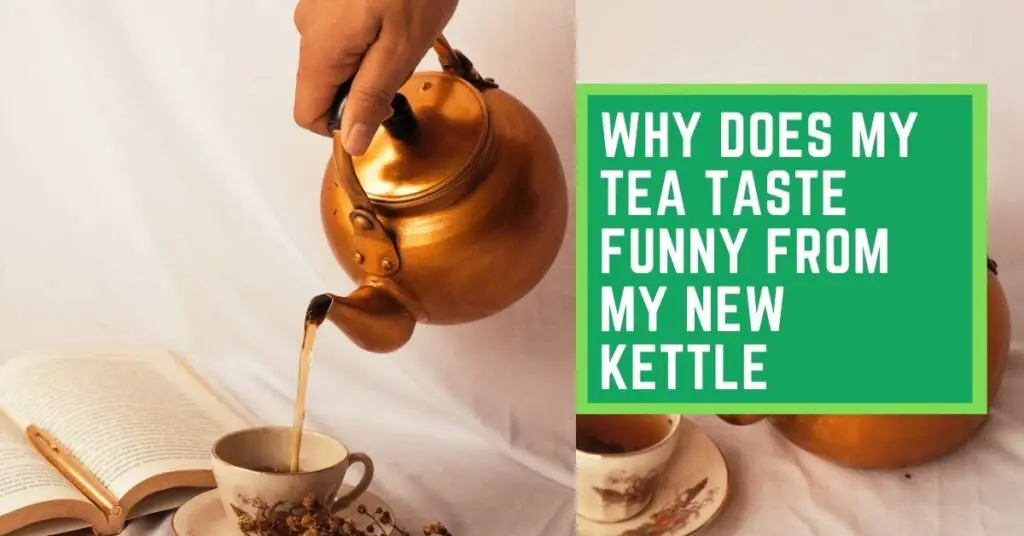
Care your Stovetop Kettle
Stovetop kettles need a little bit of love and care in order to stay in good condition for a long time. Here are a few tips for how to take care of your stovetop kettle:
-Fill the kettle with water before turning on the heat. This will help prevent the formation of scale and mineral deposits on the bottom and sides of the kettle.
-Make sure that there is always water in the kettle; otherwise, it could dry out and rust.
-Don’t overfill the kettle, as this can cause boiling water to spill over onto the stovetop.
-Clean the exterior of the kettle with a soft cloth periodically. Do not use any harsh chemicals or scouring pads, as these can damage the finish.
-If the kettle starts to develop a buildup of scale or mineral deposits, you can clean it with a solution of vinegar and water. Boil a solution of one part vinegar to two parts water in the kettle, then let it cool and empty it out. Rinse the kettle several times with fresh water to remove any residual vinegar taste.
-If your kettle has a removable whistle/spout/filter/base, make sure to clean it regularly. Boil a solution of vinegar and water in the kettle, then let it cool and remove the component. Rinse the component several times with fresh water to remove any residual vinegar taste.
Care your Electric Kettle
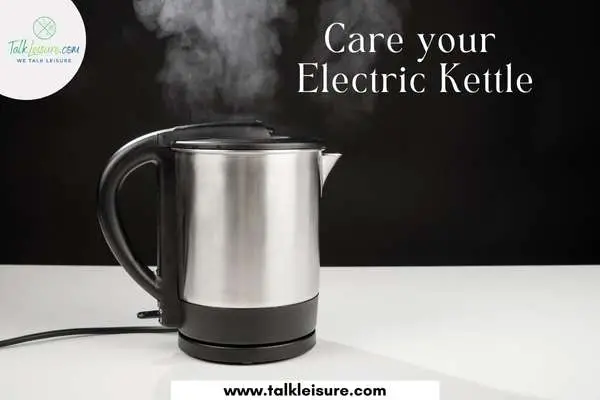
It’s important to care for your electric kettle in order to extend its lifespan and keep it performing well. Here are a few tips:
-Always unplug the kettle from the outlet when you’re not using it.
-Never fill the kettle more than two-thirds full, and never overfill it. Doing so may cause boiling water to spew out of the spout.
-Wait until the water has boiled before removing the kettle from the heat source. If you remove it before boiling, you may lose heat and steam, which will reduce the water’s temperature and prolong the cooking time.
-Never use metal utensils to stir or move food inside a hot pot or pan; they can scratch the surface and cause damage.
-If the kettle develops a buildup of limescale or other mineral deposits, you can clean it with a solution of vinegar and water. Boil a solution of one part vinegar to two parts water in the kettle, then let it cool and empty it out. Rinse the kettle several times with fresh water to remove any residual vinegar taste.
-To clean the exterior of the kettle, simply wipe it down with a soft cloth. Do not use any harsh chemicals or scouring pads, as these can damage the finish.
-Make sure to regularly check all electric kettle cords and plugs for fraying or damage. If you see any, replace the cord or plug immediately.
Related Matters
01. How do you get rid of metallic taste in the kettle?
If you’re noticing a metallic taste in your kettle, it’s likely due to mineral buildup from the water you’re using. To get rid of the taste, simply descale your kettle with a vinegar solution. Fill the kettle with a mixture of equal parts water and vinegar, then let it sit for 30 minutes. After 30 minutes, boil the kettle and then empty it out completely. Rinse a few times with fresh water to remove any residual vinegar taste. Your kettle should now be free of that metallic taste!
On the other hand, a buildup of limescale can often cause a metallic taste in the kettle. To get rid of the metallic taste, descale the kettle using white vinegar. Fill the kettle with white vinegar and boil it until the vinegar has evaporated. Alternatively, fill a plastic bag with white vinegar and attach it to the spout of the kettle. Leave it overnight and then boil water in the kettle to remove any traces of vinegar.
02. Should you empty the kettle after use?
Yes, you should empty the kettle after use. Leaving water in the kettle can cause it to rust and/or corrode, which can damage the kettle and make it difficult to clean. It’s also a good idea to empty the kettle after each use in case something spills or leaks into the water; this will help prevent bacteria from growing in the water and causing mildew or other health problems.
03. New glass kettles have a funny taste?
If you’re noticing a funny taste when you use your new glass kettle, it’s most likely due to the materials it’s made from. Glass is a non-reactive material, so it won’t pick up smells or flavours from your water the way that some metals can. However, it’s possible that there could be residual manufacturing oils or debris on your kettle that are causing the taste. To clean your kettle, simply fill it with water and add a squeeze of lemon juice or a splash of vinegar. Boil the mixture for a few minutes, then let the kettle cool before emptying and rinsing well with clean water. If you still notice a taste after cleaning, try boiling just plain water in your kettle a few times to see if that helps.
04. Should you put hot or cold water in a kettle?
There’s no right or wrong answer to this question – it really depends on what you prefer. Some people find that putting hot water in the kettle gets it up to temperature quicker, while others find that adding cold water helps the kettle reach boiling point more quickly. Experiment and see which method works best for you.
05. Why should you not boil water twice?
There are actually a few reasons why you shouldn’t boil water more than once. First, boiling water takes away some of the oxygen that’s dissolved in it, so repeatedly boiling water can make it less pure over time. Additionally, boiling water can concentrate minerals and other impurities that are present in it, making them more likely to cause problems if you drink the water over time. Finally, repeatedly boiling water can lead to a buildup of harmful bacteria. So it’s generally best to only boil water once and then let it cool before drinking it.

